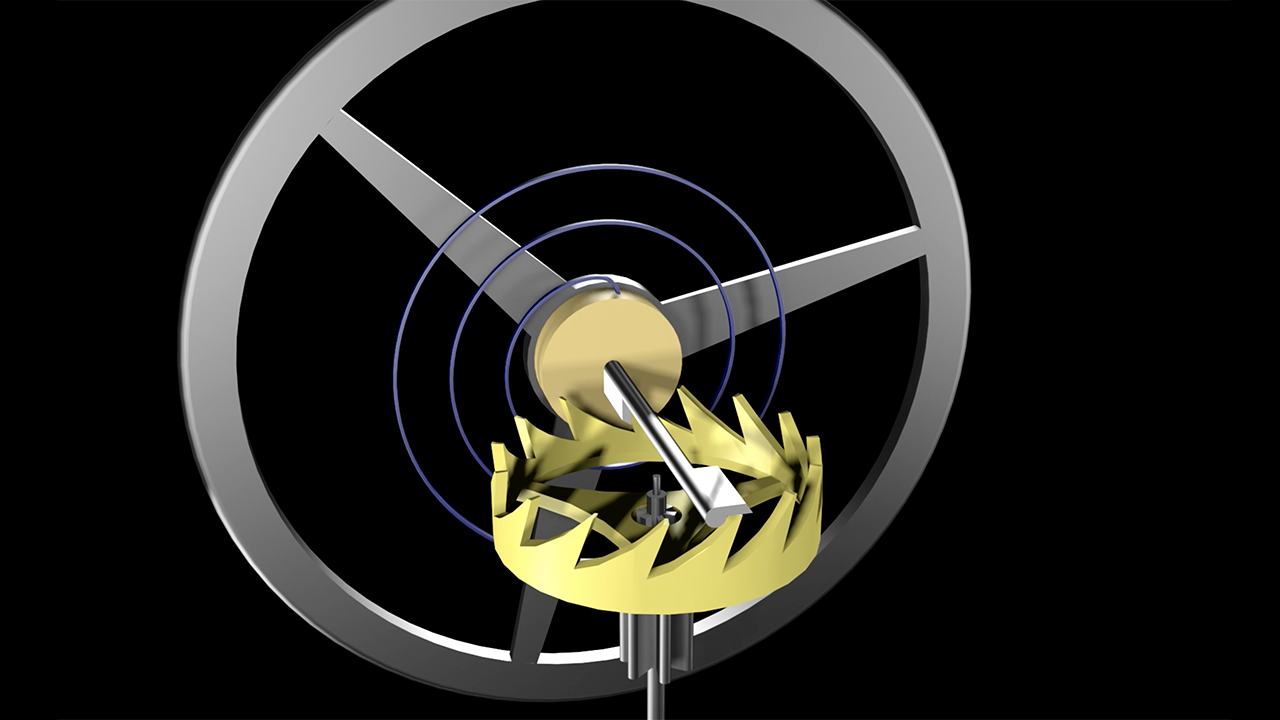Prompted by this thread I dug mine out. It is a Charles Stone of Liverpool, hallmarked Birmingham 1803. Silver paired case by William Hutton of Sheffield.
The movement itself is in nice condition apart from the dial which is badly damaged. I have quite a collection of period dials including several convex ones of the correct size and similar date, so that can be replaced.
It also needs some work on the case. The outer has a few dents and the pendant is badly damaged. I have a small collection of silver spoons, bought for pennies at car boots which I use as a source of silver for repairs. One of these will in due course donate the silver to make a new pendant.
For these reasons it has remained in my to do box since buying it some time ago.
The movement is very clean, so clearly has had some attention. I was drawn to it because I rather like the face in the engraving. It also has a rather unusual regulator. It has a plain blued disc in lieu of the normal numbered Tompion dial, but the rack also incorporates a pointer. It looked pretty "honest" to me, not having been messed about with.
When I gave it a run briefly upon buying it my triage notes show it gained 11 minutes in 24 hours, and the regulator was reluctant to turn.
Anyway, having done a little tinkering and got the regulator freed up and working smoothly, in the last 24 hours it has gained 3m 30s, so quite chuffed with that. There is a little more side shake in the staff than I would like, so once I can give it a full going over I dare say that may improve a bit more.
This was dial up. So far been running for about 4 hours dial down and looks as though it will be very similar. I expect it to lose a little pendant up, but we shall see.
![Image]()





